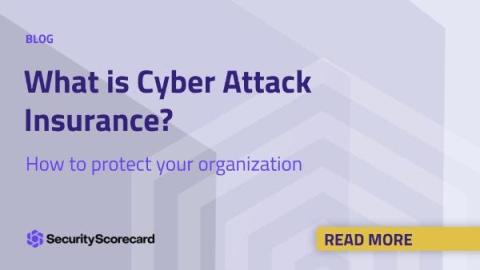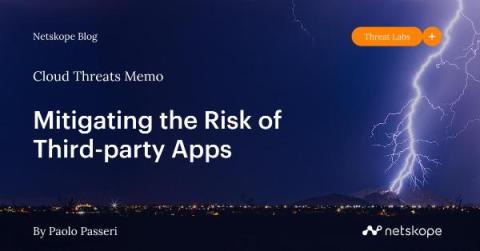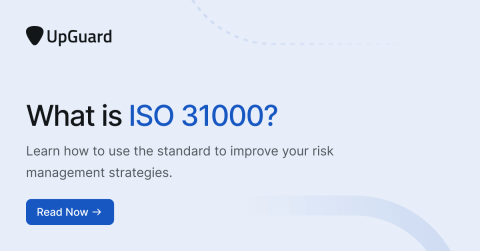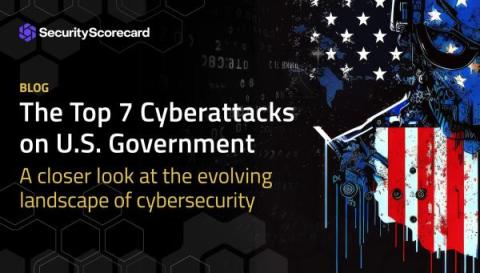What is Cyber Attack Insurance?
Businesses of all sizes are increasingly reliant on technology to conduct their operations efficiently. While technology offers numerous benefits, it also exposes organizations to a growing threat—cyber attacks (or cyberattacks). As the frequency and sophistication of cyber threats continue to rise, businesses are turning to a crucial safeguard: cyber attack insurance.









